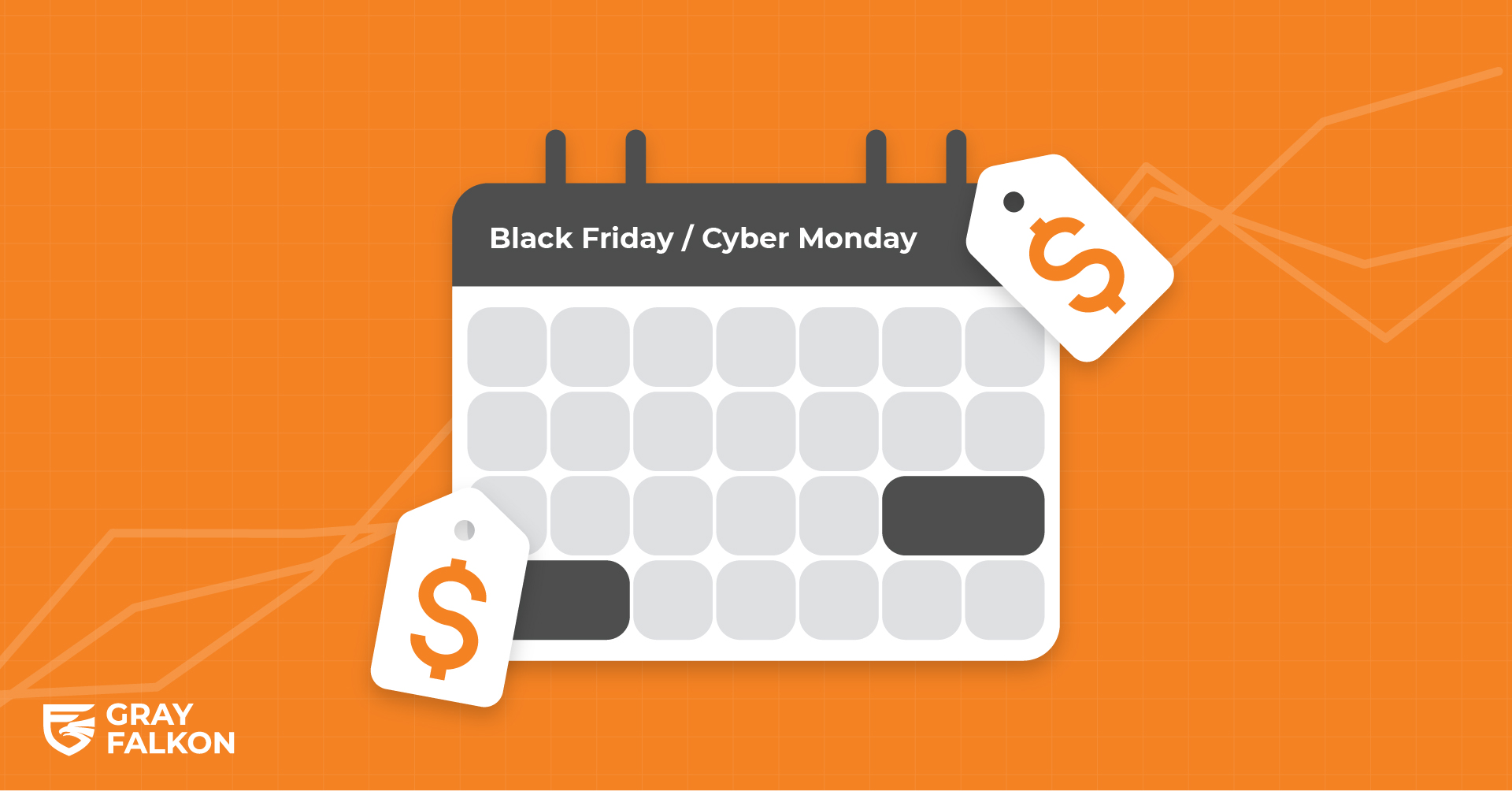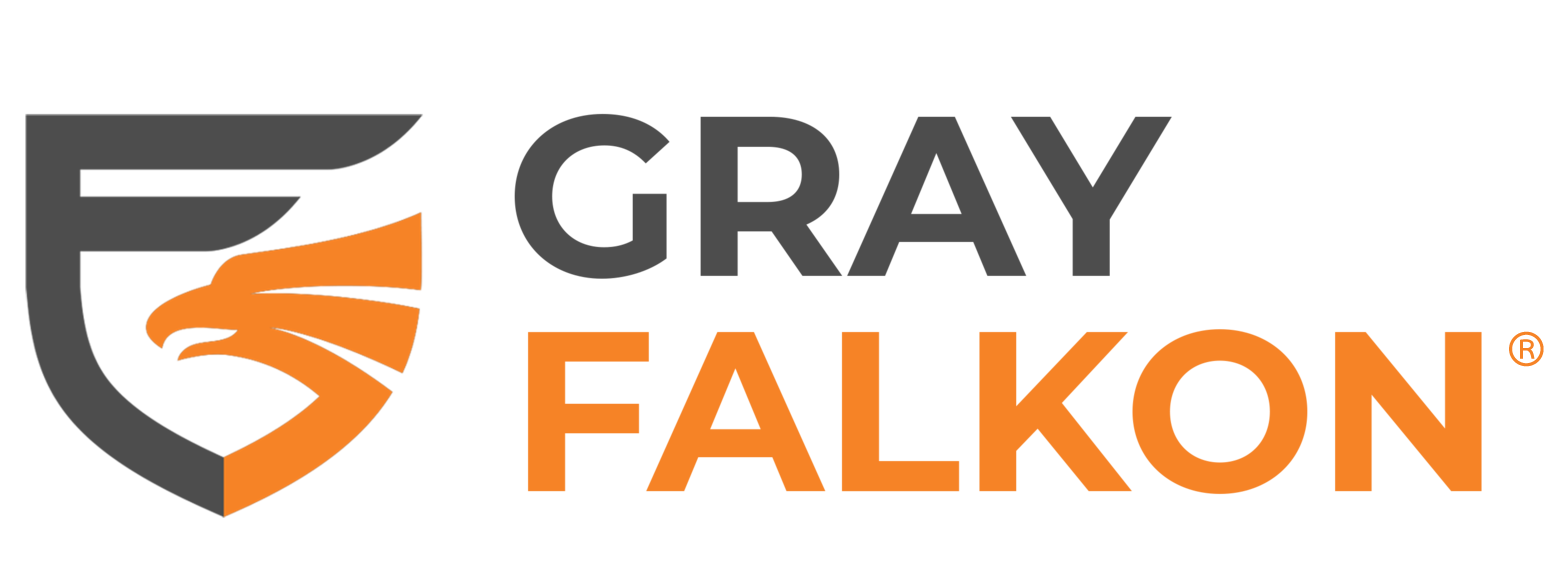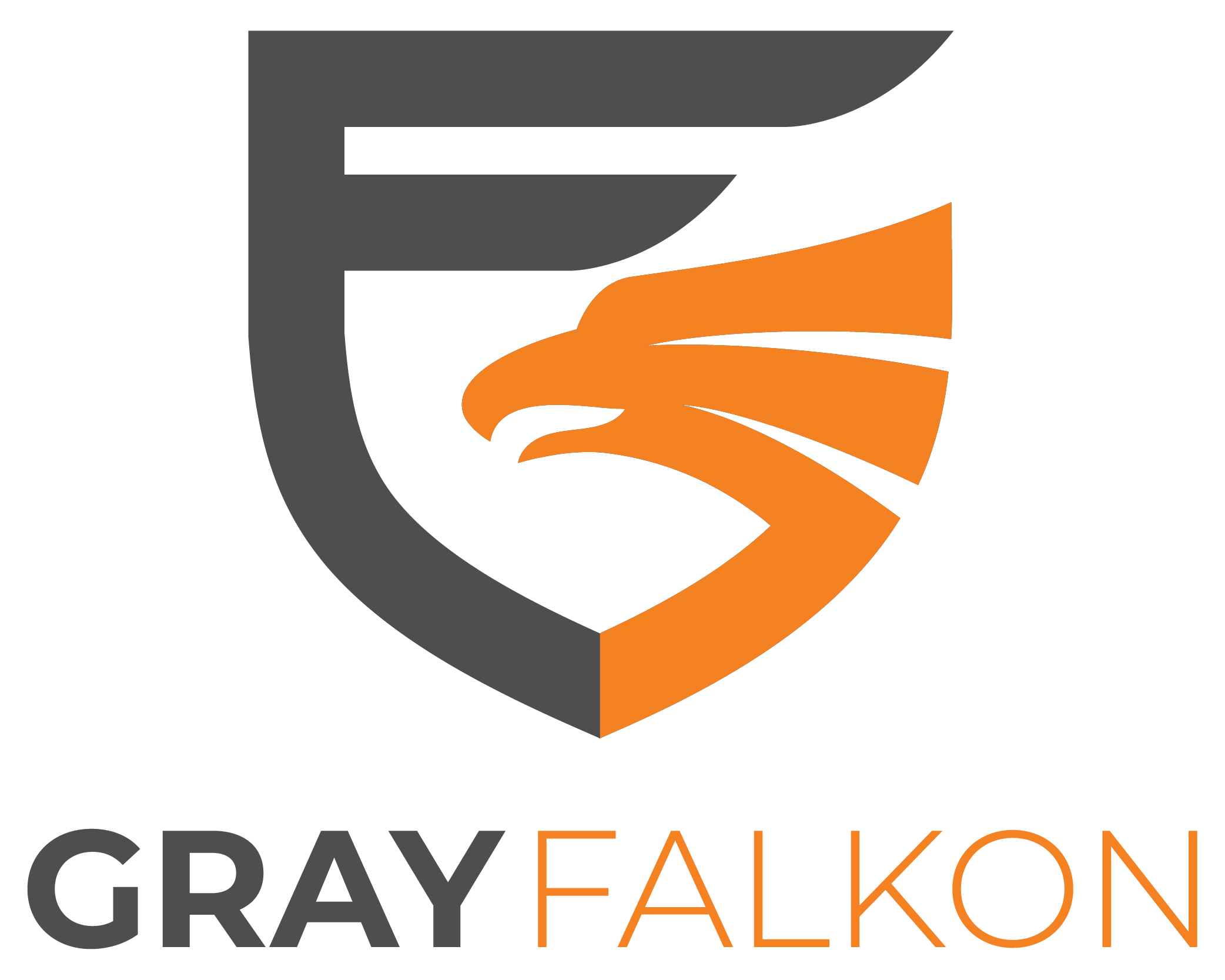
Black Friday and Cyber Monday are some of the biggest holiday shopping events of the year, with millions of consumers flocking to online marketplaces for the year’s most anticipated deals. This year, Amazon and Walmart delivered yet another record-breaking performance, further solidifying their dominance in the world of eCommerce.
But for brands, the stakes during these events go beyond simply capturing sales. The sheer volume of marketplace activity brings unique challenges, from staying competitive in key categories to defending against unauthorized sellers and pricing disruptions. As we recap the highlights of this year’s results, let’s explore how sellers and brands navigated this high-stakes environment, and what they can do to protect and grow their presence during future shopping events.
Amazon and Walmart’s Record-Breaking Success
Black Friday and Cyber Monday 2024 shattered expectations for both Amazon and Walmart, solidifying their roles as the go-to marketplaces for holiday shopping. Each platform boasted record-breaking sales driven by strategic deals, loyalty programs, and consumer demand across key categories.
Amazon’s Black Friday/Cyber Monday Performance
Amazon reported its biggest Thanksgiving shopping event ever, fueled by discounts across electronics, home goods, and beauty products. High-demand items like Dyson vacuums, Apple AirPods, and smart home devices dominated sales, underscoring consumers’ preference for premium brands and cutting-edge tech. The surge in demand wasn’t limited to big brands and first-party sellers; third-party sellers played a crucial role, accounting for a significant share of overall sales.
Programs like Amazon Prime once again proved their value in driving customer loyalty, with exclusive early deals giving Prime members a head start on holiday savings. This advantage not only helped Amazon dominate the holiday weekend but also reinforced the importance of leveraging platform-specific tools to maximize sales potential.
Walmart’s Record Marketplace Growth
Walmart saw record-breaking sales across its Marketplace, with standout categories including toys, apparel, and groceries. Exclusive brand collaborations and competitive pricing gave Walmart an edge, attracting value-conscious shoppers looking for convenience and affordability.
Brands like LEGO and Samsung drove significant traffic, while Walmart’s membership program, Walmart+, played a pivotal role in capturing loyal customers with perks like free delivery and early access to deals. The success of Walmart’s Marketplace highlighted the growing importance of third-party sellers and how platform support can enable their success during peak shopping seasons.
Key Trends from Black Friday and Cyber Monday 2024
Black Friday and Cyber Monday continue to evolve, and the 2024 season revealed several key trends that are reshaping the eCommerce landscape. From shifting consumer preferences to the growing role of third-party sellers, these developments highlight the importance of agility and strategy for brands navigating peak shopping events.
Third-Party Sellers Driving Growth
Both Amazon and Walmart leaned heavily on third-party sellers to meet consumer demand and expand product variety. This year, third-party sellers were responsible for a large share of sales on Amazon’s platform, demonstrating the critical role they play in driving marketplace success. Similarly, Walmart Marketplace saw significant growth, with sellers offering competitive pricing and exclusive inventory.
Category Trends
During the 2024 Black Friday and Cyber Monday shopping period electronics continued to reign supreme, with items like smart home devices, laptops, wireless headphones, and gaming consoles topping shopping lists. However, several product categories experienced significant growth, reflecting evolving consumer preferences and the impact of strategic discounting.
Electronics: This category maintained its strong performance, with discounts peaking at 30.1% off the listed price. High-demand items included smart home devices, laptops, wireless headphones, and gaming consoles such as the PlayStation 5, Xbox Series X, and Nintendo Switch OLED.
Toys: Experiencing a remarkable surge, online sales in this category grew by 680% compared to an average day in October 2024. Top-selling items included Elf on the Shelf dolls, Harry Potter toys and figurines, LEGO sets, and various craft and science kits.
Apparel: With discounts reaching up to 23.2%, the apparel category saw a significant increase in consumer interest. Shoppers took advantage of these deals to purchase a variety of clothing items, contributing to the overall growth in this segment.
Appliances: This category also saw substantial growth, with online sales increasing by 464% compared to average October 2024 figures. Consumers were particularly interested in small kitchen appliances, such as blenders, mixers, and coffee makers, which were among the top sellers.
Personal Care: Reflecting a growing consumer focus on self-care, the personal care category experienced a 530% increase in online sales. Popular products included skincare sets and makeup items, indicating a strong interest in beauty and wellness during the holiday season.
These trends highlight the dynamic nature of consumer behavior during major shopping events, with significant implications for retailers and brands aiming to align their strategies with market demands.
Loyalty Programs
Amazon Prime and Walmart+ emerged as indispensable tools for capturing and retaining customers. These programs offered perks like early access to deals, free shipping, and exclusive savings, making them essential for both platforms’ success. For brands and sellers, this trend underscores the importance of aligning promotional strategies with these programs to maximize visibility and sales.
Competitive Pricing
Price sensitivity remained a key factor, with shoppers seeking the best deals across platforms. With so much talk about fake holiday discounts, sellers who successfully provided true competitive pricing were able to stand out in crowded categories.
Insights for Sellers on Amazon and Walmart
Black Friday and Cyber Monday 2024 reinforced the importance of preparation and adaptability for sellers navigating these high-stakes events. With rising competition and evolving consumer behaviors, sellers on Amazon and Walmart faced both opportunities and challenges that will shape strategies moving forward.
The Importance of Visibility in a Crowded Marketplace
With millions of products vying for attention, visibility remained a defining factor of success. Sellers who leveraged platform tools like Amazon’s Featured Offer or Walmart’s Sponsored Search gained a competitive edge, ensuring their listings were front and center during the busiest shopping days of the year. For many, these tools provided not just visibility but also insights into which products resonated most with holiday shoppers.
Competitive Pricing and Brand Integrity
While consumers sought out the best deals, maintaining brand integrity and profitability remained a top priority for successful sellers. Balancing discounts with a competitive pricing strategy can ensure that sellers can compete without undermining long-term profitability or relationships with brands.
Third-Party Sellers Take Center Stage
Third-party sellers once again played a pivotal role, accounting for significant sales growth on both platforms. Their ability to offer unique inventory and competitive pricing helped meet the surge in consumer demand. However, the influx of sellers also brought challenges, including the presence of unauthorized sellers disrupting pricing and brand consistency.
How Gray Falkon Empowers Brands During Peak Shopping Events
Black Friday and Cyber Monday are opportunities for brands to reach new heights, but the challenges they bring such as unauthorized sellers, price disruptions, and counterfeit products can threaten even the most well-prepared sellers. Gray Falkon’s comprehensive brand protection solution ensures that brands can focus on maximizing sales and worry less about risks due to unauthorized sellers and listings.
Comprehensive Marketplace Monitoring
Gray Falkon’s AI-driven solution provides round-the-clock monitoring of your listings across platforms like Amazon and Walmart. This ensures that unauthorized sellers, gray market goods, IP violations, and marketplace policy violations are identified and addressed swiftly, minimizing disruptions during high-traffic events.
Proactive Marketplace and Seller Engagement
Peak shopping seasons often see an influx of unauthorized listings and sellers looking to capitalize on a brand’s success. Our technology automates the detection of violations and initiates marketplace and seller engagement processes. This proactive approach keeps your listings secure, even during the busiest times.
Strategic Support for Holiday Success
Gray Falkon’s Dedicated Brand Success Strategists work directly with your team to create customized strategies for managing the unique demands of Black Friday and Cyber Monday. Our comprehensive approach integrates cutting-edge technology and expert insights to safeguard your brand’s integrity during these critical shopping events. From identifying and addressing unauthorized sellers to identifying marketplace policy violations, Gray Falkon ensures your brand is fully prepared to thrive amidst the holiday rush.
Real-Time Insights Through the Marketplace Brand Protection Portal
Gray Falkon’s Marketplace Brand Protection Portal provides daily analytics and actionable insights, tracking sellers and listings removed. This data empowers brands to make informed decisions and stay ahead of marketplace disruptions.
By partnering with Gray Falkon, brands can confidently navigate the complexities of Black Friday and Cyber Monday, ensuring their marketplace presence remains protected and their sales potential maximized.
Protect Your Brand For Future Marketplace Shopping Events
Black Friday and Cyber Monday 2024 demonstrated once again why these shopping events remain pivotal moments in the eCommerce calendar. With record-breaking performances from Amazon and Walmart, high-demand categories like electronics, beauty, self-care, and toys stole the spotlight, while bigger brands solidified their dominance. These results reveal not only the immense opportunities these events present but also the challenges sellers and brands face in an increasingly competitive and complex marketplace.
For brands, the key takeaways go beyond just offering great deals. Visibility, competitive pricing, and utilization of platform tools were instrumental in driving success. However, the importance of protecting brand integrity cannot be overstated. Challenges such as unauthorized sellers and pricing disruptions are amplified during high-stakes events, making robust brand protection strategies essential.
Brands that want to capitalize on these opportunities while safeguarding their marketplace presence need solutions that can adapt to the evolving demands of eCommerce. This is where Gray Falkon’s expertise comes into play. By providing comprehensive monitoring, proactive enforcement, and actionable insights, Gray Falkon equips brands with the tools they need to thrive during Black Friday, Cyber Monday, and beyond. Schedule a demo and see how Gray Falkon protects brands.



